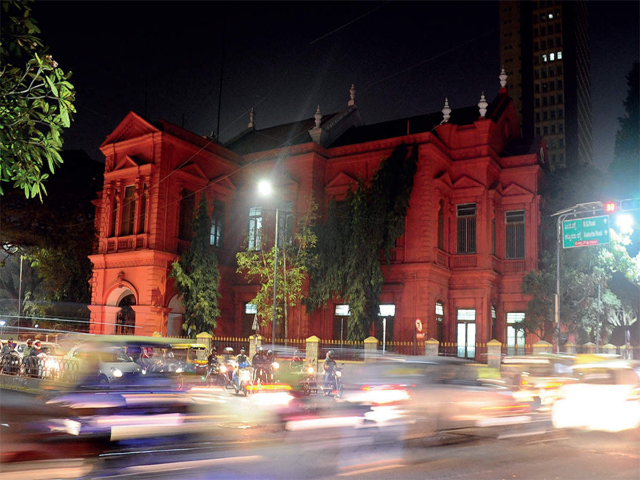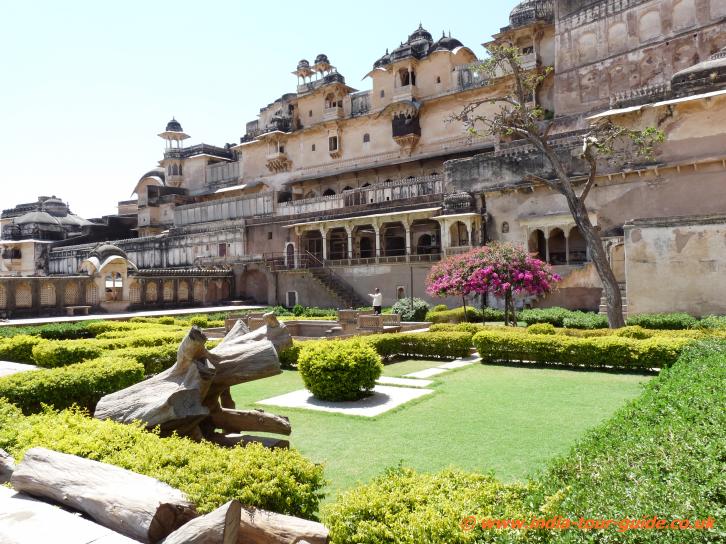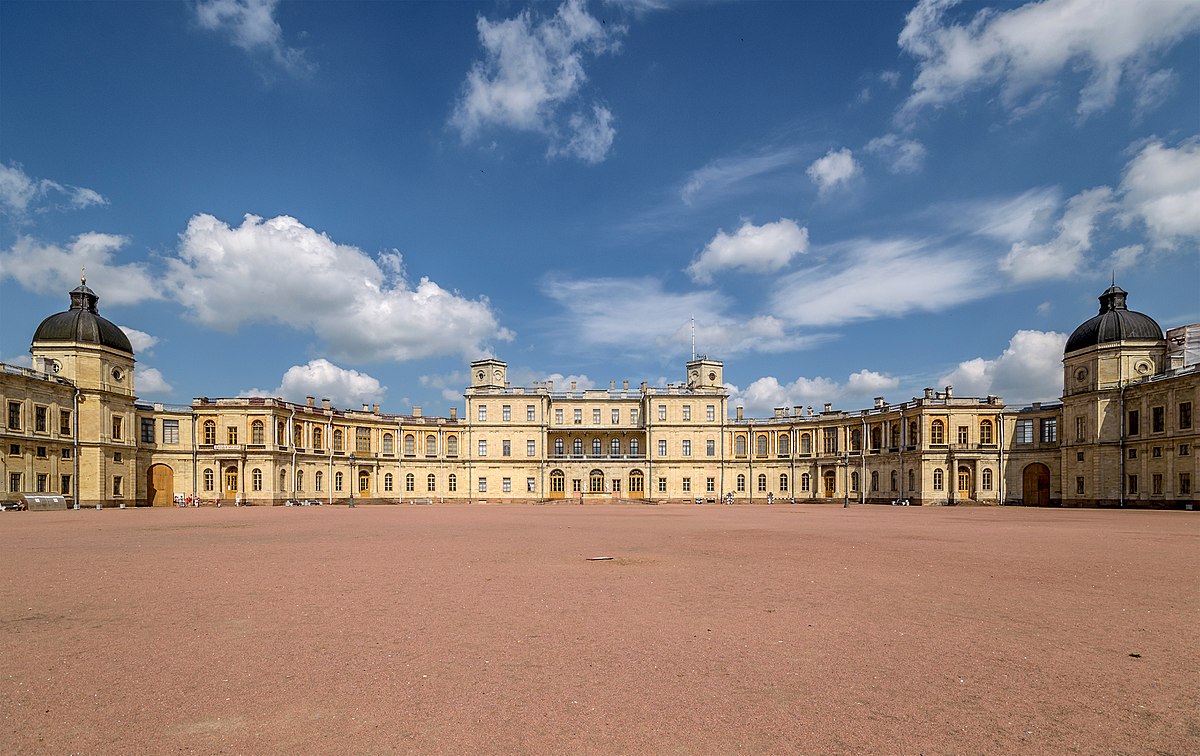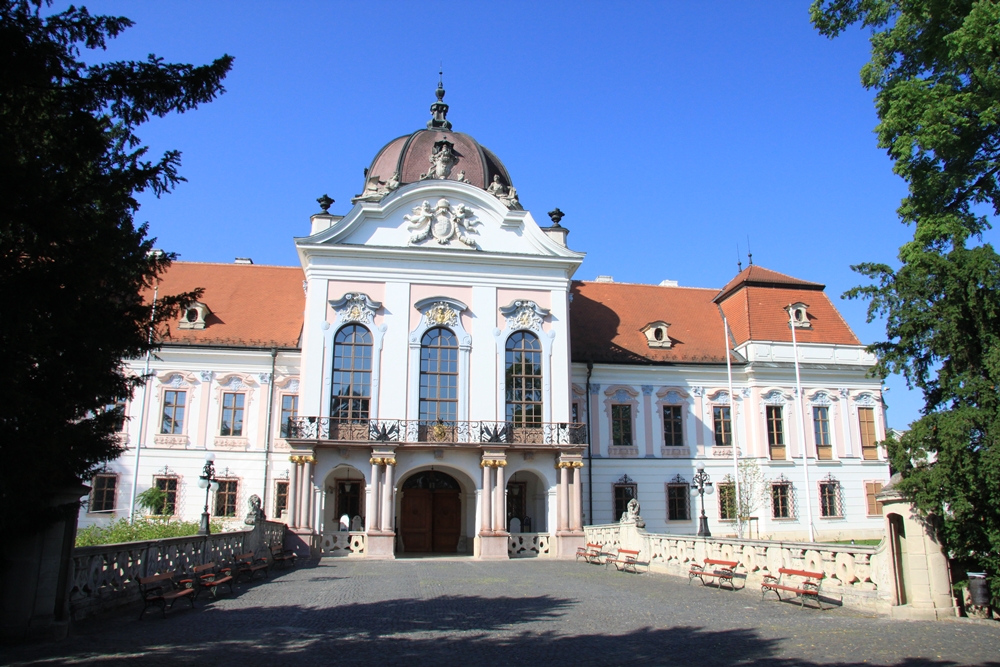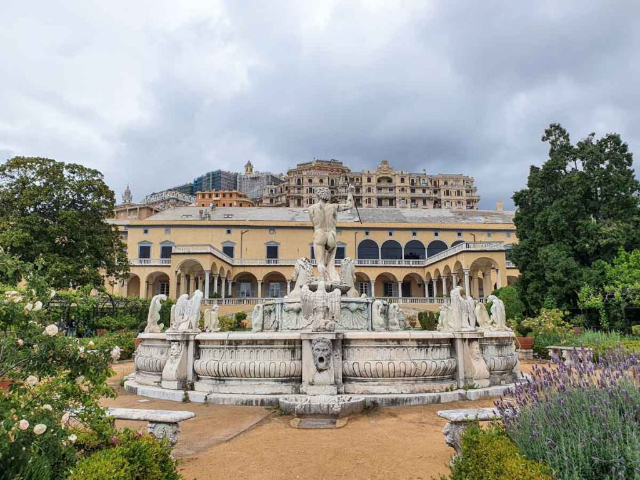Mayo Hall in Bangalore stands as a fascinating juxtaposition of historical elegance amidst the bustling modernity of Brigade Road. This iconic building, originally constructed in the late 19th century, was erected in memory of Lord Mayo, the 4th Viceroy of India, who was known for his progressive administrative policies. Over the years, Mayo Hall has become not just a government edifice but also a cultural landmark in Bangalore.
Architectural Significance: The building’s architecture is a stunning example of colonial design, characterized by its Pompeian Red color, a change from its original white to harmonize with the nearby High Court of Karnataka. This vibrant hue adds to the visual impact of the structure, making it stand out amid the city’s modern skyline. The hall is replete with features typical of colonial architecture, including ornate furniture, grand chandeliers, elaborate stone arches, and Tuscan columns. These elements not only underscore the building’s aesthetic value but also its historical importance.
Current Usage: While originally serving as a tribute to a colonial leader, today, Mayo Hall serves multiple functions. It houses various government offices, providing essential services to the city’s residents. Additionally, it is home to the Kempegowda Museum, which is dedicated to Yelahanka chieftain Kempegowda, considered the founder of Bangalore. The museum is a significant cultural spot that attracts tourists and locals alike, interested in learning about the city’s founder and its history.
Cultural and Inspirational Impact: Mayo Hall’s unique architectural style has inspired the construction of several other notable buildings in Bangalore such as the Raj Bhavan, Vidhana Soudha, and Puttanchetty Town Hall. Each of these buildings plays a crucial role in the administrative and cultural fabric of the city, and they collectively contribute to the architectural diversity that Bangalore is known for.
Visiting Mayo Hall: For visitors and tourists, Mayo Hall is more than just a government building; it is a window into the colonial past of Bangalore, offering insights into the architectural and historical narratives of that era. The location of Mayo Hall, amidst the commercial vibrancy of Brigade Road, makes it a convenient stop for those exploring the city.
In conclusion, Mayo Hall is not only a functional part of Bangalore’s government infrastructure but also a significant historical and cultural landmark. Its preservation amidst rapid urban development serves as a testament to the city’s respect for its colonial heritage and its commitment to maintaining historical landmarks. Visiting Mayo Hall offers a unique opportunity to step back in time and experience the grandeur of colonial architecture while exploring the dynamic city of Bangalore.

